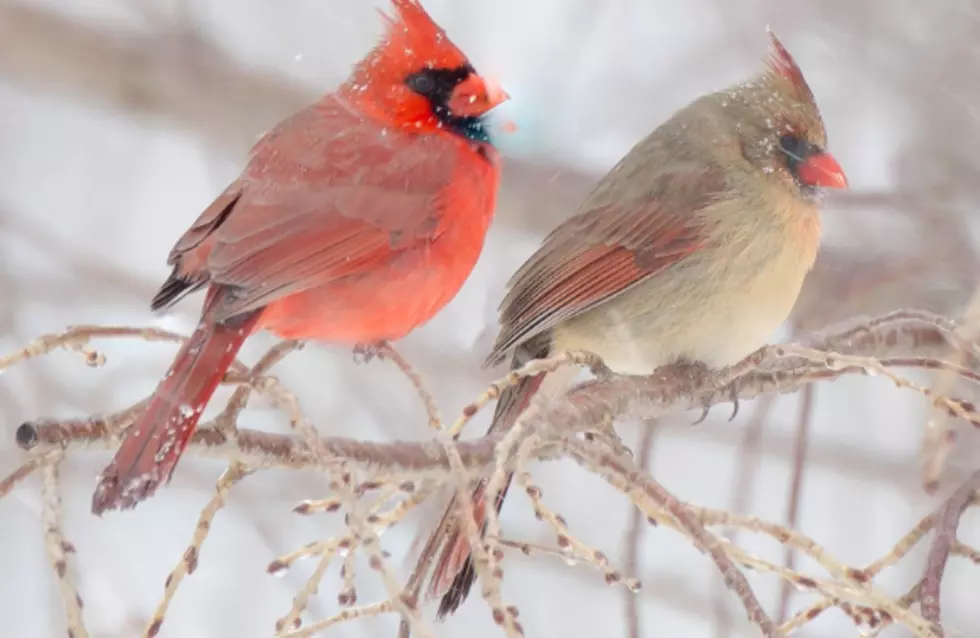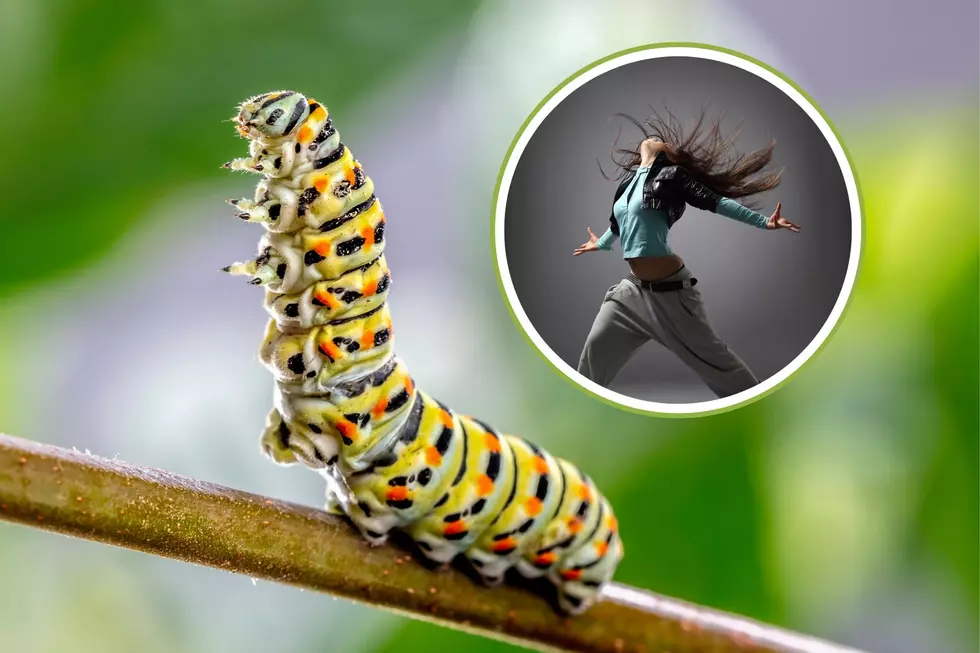
Do Birds Ever Freeze to Death During Extreme Winter Temperatures?
Ever wonder if birds freeze to death during these cold winter months?
I hadn't really taken notice of our feathered friends until Mike put up a couple of bird feeders in our backyard several years ago. Now, I see all kinds of birds visiting our backyard, like, the Indiana state bird - the Northern Cardinal - (also Kentucky and Illinois' state bird) robins, blue jays, finches, and others.
This morning, I just shivered while looking outside at some snow on the ground and no birds around at all! Where did they all go? Did they freeze overnight?
According to the Audubon Society and other sources, winter birds put on fat as both an insulator and an energy source. (Hmmm, I think I do this too!) They really are equipped to survive the coldest winter temperatures by storing fat during the short days of winter and keep warm during the long wintry nights.
So, during those freezing temperatures at night, they fluff their feathers to trap heat and slow their metabolism down to conserve energy. They also search for safe places to rest whether it's a birdhouse, grass thicket, natural tree cavity, shrub, or evergreen.
Here's some more winter bird facts:
- Birds have a protective scale-like covering on their feet, and special veins and arteries that keep their feet warm.
- Peanut butter is a nourishing food, especially in the winter months when the production of fat is important to their survival. It's a myth that it will stick in their throats. (Make a peanut butter bird feeder with your kids!)
Here in the TriState area, the most common winter birds that stay year-round are cardinals and blue jays, chickadees, house sparrows and house finches, goldfinches, titmice, and white-breasted nuthatches, downy, hairy, and red-bellied woodpeckers and others.
For more information on how birds survive during the winter months, check Audubon.org or Birds and Blooms Winter Birds Myths and Facts, and Bird Watchers Digest. There's a guide to winter bird feeding by visiting Audubon.org. You can also download an app to identify birds around you by visiting the Audubon Bird Guide App.
More From My WJLT 105.3









